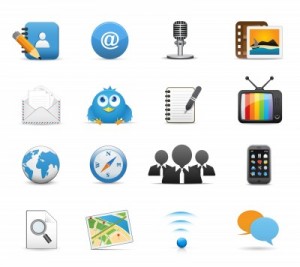Finding quirky blog content ideas
Did I convince you that using quirky ideas (or quirky sources of ideas) can make some interesting blog posts?
Keeping your blog fresh and interesting can take a lot of thought and effort so why not make it fun at least some of the time?
So where can you find quirky blog post ideas?
Well the real answer is anywhere and everywhere! Just look for what is happening around you and you may be surprised at how much silliness and quirkiness there really is!
However, for specific inspiration of a quirky nature, here are a few ideas to get you started:
- find a favourite recipe site and visit it every few weeks. You can post about how delicious something sounds or how complicated a recipe is, the name of a dish may inspire laughter or memories, the layout of the site may spark a post on website navigation or colours, you could get philosophical about food and eating, or you may post about a different type of diet each month.
- get yourself a collection of useful sites that you can share. For example, a site that converts metric into imperial, a blog directory, a recipe site that gives you meals to suit certain ingredients, a list of paper and envelope sizes, or a budget-helper like simple savings. You can post these as helpful tips or use them for inspiration – maybe the site is an example of something good or bad in your field, you can post about pricing of website information or you can ask for suggestions for a specific site you need
- get a regular dose of a funny site – you can blog about specific stories/jokes/images or the site itself, or use it to get creative or maybe use the content to explain a concept (for instance, a joke about miscommunication is something I could use in a post about the importance of clear communications in a workplace). A couple of examples are damnyouautocorrect, thinkbeforeyousend and the Darwin Awards
- really look at the signs you pass – it may be the sign looks great or doesn’t make sense, it may be hung in a silly place or be easily misinterpreted, it may make you laugh or grimace, but signs can give you ideas if you don’t take them for granted
- grab an old reference book and note the differences with modern expectations. Think about a plane company posting about the world being flat or a surgeon posting about the latest hair styles for gentlemen, then see what changes could apply to your industry or humour
- read some kids’ books, especially something like Dr Seuss or Roald Dahl, or something quirky like a Terry Pratchett novel. Even if you don’t get direct ideas for your blog, they are sure to get you thinking quirky and creative things!
What other quirky idea generators do you use?




Recent Comments